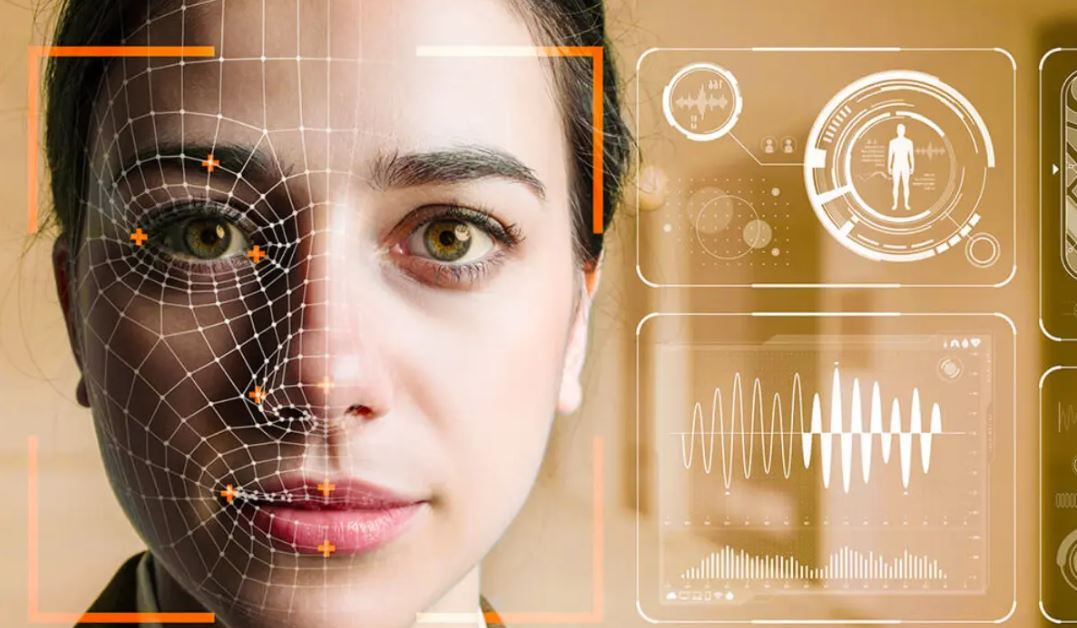Key Highlights:
- The Emotion AI Market is rapidly scaling into a multi-billion-dollar ecosystem, transforming how machines understand and respond to human emotions.
- Ethical and privacy-conscious Emotion AI adoption is becoming a core driver for enterprise trust and consumer engagement.
- According to Grand View Research, the global emotion AI market is projected to surpass USD 13,397.1 million by 2033, with North America leading adoption.
- Key sectors driving growth include healthcare, automotive, retail, and HR tech, where Emotion AI enhances customer experience and operational efficiency.
The Emotion AI Market is reshaping the digital world, and not in the chaotic, meme-fueled way we are used to. A quiet revolution is unfolding at the intersection of artificial intelligence and human psychology: the rise of Emotion AI. Once confined to sci-fi storylines and academic labs, Emotion AI is now stepping into boardrooms, call centers, classrooms, and even our living rooms.
Today, the emotion AI industry is no longer a speculative niche; it has become a rapidly scaling, multi-billion-dollar ecosystem redefining how machines understand, respond to, and even anticipate human feelings.
This is not about robots shedding tears. It is about building technology that listens, not just to your words, but to your tone, your micro-expressions, your physiological signals, and your behavioral patterns. In a world increasingly hungry for authentic connection, Emotion AI offers something radical: machines that don’t just compute, but comprehend.
Your Customers Aren’t Just Clicking – They’re Feeling. Are You Listening?
For decades, businesses measured engagement through clicks, conversions, and cart abandonment rates. But those metrics tell only half the story. What if a user hovered over a “Buy Now” button not because they were interested, but because they were frustrated by hidden fees? What if a customer service call ended politely, yet the caller was seething inside?
Traditional analytics miss the emotional subtext that drives real human behavior. That is where Emotion AI steps in.
Powered by computer vision, voice analytics, natural language processing (NLP), and biometric sensors, Emotion AI decodes emotional states in real time. Whether it is detecting stress in a customer’s voice during a support call, recognizing confusion on a user’s face while navigating an app, or gauging audience engagement during a virtual presentation, this technology turns emotion into actionable insight.
According to Grand View Research, the global emotion AI market is projected to surpass USD 13,397.1 million by 2033, with North America leading adoption across sectors like healthcare, automotive, retail, and HR tech. Companies like Affectiva (now part of Smart Eye), Cognite, and Hume AI are pioneering platforms that don’t just track emotions, but contextualize them, learn from them, and adapt accordingly.
The Emotion AI Market: Where Empathy Meets Enterprise ROI
Far from being a “soft” tech trend, the emotion AI industry is delivering hard business value. In customer service, companies using emotion-aware voice analytics report up to 30% faster resolution times, as agents receive real-time emotional cues to adjust their tone or escalate appropriately.
In hiring, HR platforms are using emotion AI during video interviews to assess candidate engagement, confidence, and authenticity, reducing unconscious bias and improving cultural fit predictions. In retail, smart mirrors and in-store cameras analyze shopper reactions to products, enabling dynamic pricing or personalized recommendations based on real-time emotional feedback.
Even in mental health apps, Emotion AI helps users track mood patterns over time, offering timely interventions or mindfulness prompts when signs of anxiety or low mood are detected. This fusion of empathy and efficiency is why investors are pouring capital into the space, and why enterprise adoption is accelerating.

Beyond Detection: How the Emotion AI Market Is Redefining Human-Machine Trust
Emotion AI is not just about reading emotions, it is about building trust through responsiveness. When a machine acknowledges your frustration with a calmer interface, or a car senses your fatigue and gently suggests a break, it ceases to feel like a tool. The next evolution of Emotion AI moves beyond passive observation to adaptive interaction.
Imagine a virtual coach that shifts from motivational to supportive based on your stress levels. Or a learning platform that detects confusion and re-explains a concept using a different metaphor. These are not sci-fi scenarios, they are active R&D projects in leading AI labs.
Critically, this requires more than algorithms; it demands ethical design. Leading players are adopting “emotion data” governance frameworks that prioritize user consent, anonymization, and on-device processing. The goal is not manipulation, it is mutual understanding.
The Empathy Gap: Navigating Bias, Privacy, and Cultural Nuance
Of course, this technology is not without its challenges. Can an algorithm trained on Western facial expressions accurately interpret emotions in a global, multicultural context? What happens when emotion data is collected without explicit permission, or used to manipulate rather than assist?
These are not roadblocks, they are design imperatives. The most responsible players in the emotion AI market are investing in diverse training datasets, cross-cultural validation studies, and transparent user controls. Many now require explicit opt-in before any emotional analysis begins, and some even let users review or delete their emotion logs.
Regulation is also catching up. Frameworks like the EU AI Act classify certain Emotion AI applications as “high-risk,” pushing the industry toward higher standards of fairness, explainability, and accountability. Far from stifling innovation, this builds the trust infrastructure necessary for mass adoption.
The Bottom Line: Emotion AI is the New Data Layer
In the attention economy, emotion is the ultimate signal. It is what drives loyalty, shapes decisions, and fuels word-of-mouth. The emotion AI market is not just growing, it is redefining the very nature of human-machine interaction. For leaders, the question is not if you should explore emotion AI, but how. Start small: pilot it in customer service. Test it in employee well-being programs. Use it to refine product demos. But always start with ethics at the core. Because the future belongs not to the smartest machines, but to the most empathetic ones. And in a world craving genuine connection, that’s a trend worth investing in. The machines are learning to feel. Now, it’s our turn to lead with heart.














